Venice Biennale African Art has begun again. Arguably considered the Olympics of Art. The Venice Art Biennale is the oldest exhibition organized for arts. It is a contemporary visual art exhibition held in Venice in odd-numbered years. And is thus called biennale. The Venice Biennale African Art has inspired other exhibitions throughout the world with a similar name. It is one of the oldest organizations to organize art exhibitions with the first-ever in 1895. The exhibition was initially set up for Italian art but was soon open to foreign artists by invitation system only.
How the Venice Biennale Started
The event started getting popularity internationally in the 20th century. And in the first decade of the 20th century, many countries started installing their national pavilions. In 1907, Belgium became the first country to have a pavilion in the exhibition. It was not until 1922 that African artists was shown for the first time at the Biennale.
That years’ exhibition received a lot of criticism for the “Retrospective of Modigliani”. Because of the artists’ life and portrayal of unacceptable social behavior of the painter. Though the worst outcome was the derogatory way the African sculpture was promoted by the organizers. Because the African sculpture was highlighted as primitive.
In 2013, another African country, Kenya, took the initiative to participate in the Venice Biennale. It announced its debut in the 55th edition. Though their excitement was soon turned to rage when the names of 12 participants selected for the exhibition were announced. The Italian commissioners in the selection committee, selected 8 Chinese, 2 Italian, and mere 2 Kenyan artists to showcase their work at the event. This was heavily criticized by the African artists worldwide and one critic termed this as “neocolonialism as multiculturalism”.
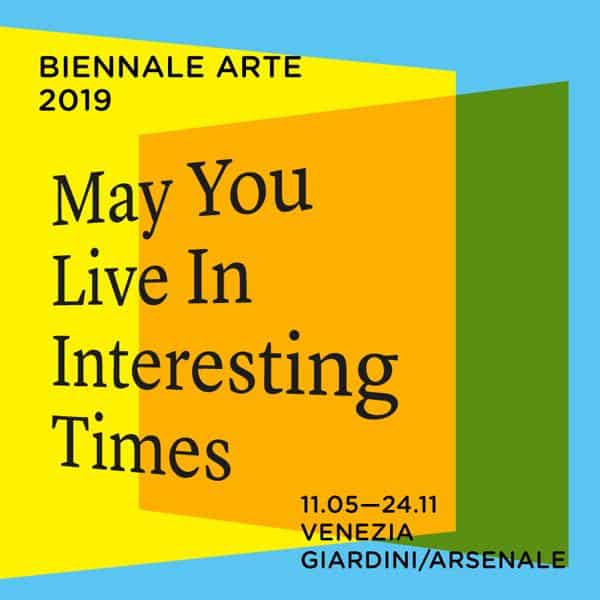
The incident was similarly repeated in 2015. This time Kenya was chosen to be represented by 6 Chinese, one Italian, and just one Kenyan artist. The cause of criticism this time was again that none of these artists were familiar with Africa or even its history. None of their work ever referenced Africa. Michael Soi, a Kenyan artist, represented this injustice in one of his paintings titled “The Shame in Venice 1”. This edition was however curated by the African born curator Okwui Enwezor.
Okwui not only curated the biennial, but also was involved in coming up with ways to expand the festival. He was the one behind commissioning special programs and projects in Giardini. The Creative Time Summit, e-flux journal’s, Gulf Labor Coalition, Supercommunity, Abounaddara, and The Invisible Borders Trans-African Project.
The 2017 edition of the Art Biennale marked a significant achievement for African art and history. Ten countries participated in the exhibition, exhibiting over 27 artists. The works of paintings, film, sculpture, performance, and installations were a part of the impressive collection presented by African artists. Nigeria, Ivory Coast, South Africa, Egypt, Tunisia, Angola, Zimbabwe, Mauritius, Kenya, and Seychelles exhibited in this edition.
Current Venice Biennale Africa
This year, 2019, the number of African countries dropped down to eight. With Egypt, Seychelles, South Africa and Zimbabwe continuing from the last year and Ghana, Côte d’Ivoire, Madagascar, and Mozambique also exhibiting their national pavilions. Madagascar and Ghana have debuted their artists and pavilions at this year’s biennale.
Sir David Adjaye, a Ghanaian-British architect has designed the pavilion for Ghana. This architect is responsible for designing the National Museum of African American History and Culture in Washington DC. He has imported soil from Ghana to design the six circular rooms. The walls of these rooms are covered with imported African soil.
Six artists have been brought together by Nana Oforiatta Ayim, the curator for Ghana’s pavilion. The artists are selected across the gender, geographic and generational divides. They include artists who either live in Ghana or those related in the diaspora. The work is aimed at encouraging descendants of the enslaved Africans or their own diaspora to return home.
The theme “I have forgotten the night” represents the debuting Madagascar at its very first national pavilion at the Venice Biennale. Joel Andrianomearisoa will be featuring his work here alone. The curators Emmanuel Dayde and Rina Ralay Ranaivo are aiming to display a positive image of the country to the world.
The former curator Okwui Enwezor actively worked as the strategic advisor to the new Ghana Pavilion. It is rumored that 2019’s Art Biennale is a tribute to the work and commitment of Okwui Enwezor who died earlier this year. This is why we can see a large number of artists showcasing black and African realities.
The Future of Venice Biennale Africa
Even though we see so many positive steps towards recognizing the African art, we see a constant struggle for the African and black artists to participate in the event. South Africa and Egypt enjoy the status of being the only African countries to have a permanent space at the Giardini.
We have already acknowledged the failed attempts of Kenya Pavilion at the biennale twice. With a majority of Chinese artists in the crew, Kenya did not participate this year after being condemned by the government. Nigeria too has fallen out of the list even after a successful pavilion in 2017. Its 2015 attempt was termed a failure and the funding problems during the election year were to be blamed.
Despite all the interest African art has gained globally, the local artists of this continent continue to face many challenges. There are two major reasons for this: First, it the financial constraints of most African countries. Second, is the political instability.
Many African countries find it difficult to release funds for international events. This forces the artists to participate in events locally or in nearby countries. Many countries in Africa are still facing the power struggles. Therefore this does not let the cultural agencies function normally. And this affects the capabilities of art and artists to reach out to the world.
Because of this inability to gather enough monetary funds for participating in international fairs, a lot of homegrown fairs have been introduced in the African continent. In 2017, the Venice Biennale African Art in Venice Forum was formed to look into the issues. It aims at compensating the lack of representation of African countries at the Art Biennale.
New Arrivals
-
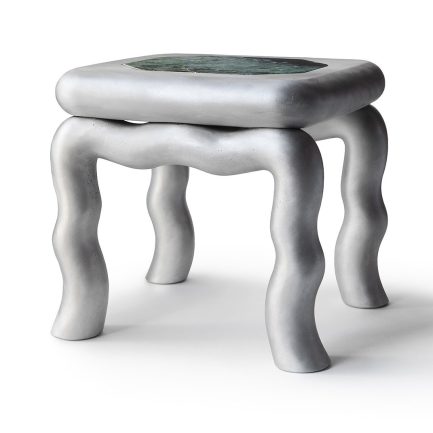 Emarald Stool€ 34,850
Emarald Stool€ 34,850 -
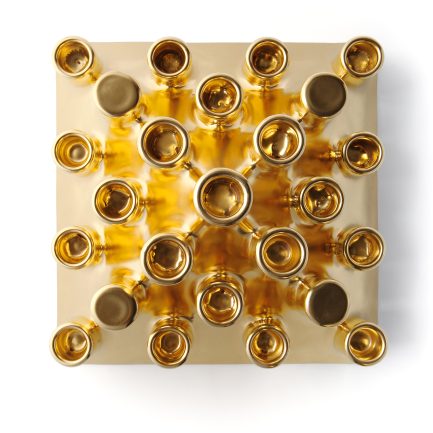 Gilded Candle Holder | Faith€ 8,528
Gilded Candle Holder | Faith€ 8,528 -
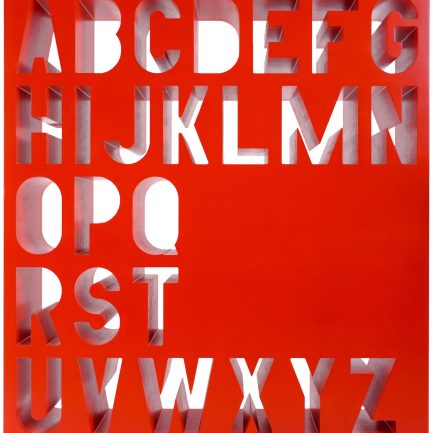 Alphabet Shelf Room Divider Aakkoset€ 41,950
Alphabet Shelf Room Divider Aakkoset€ 41,950 -
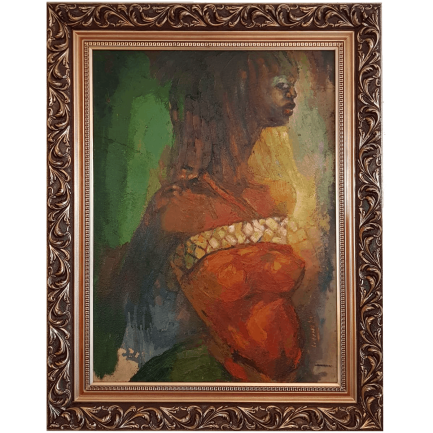 Paul Lubowa – Wistful Mother€ 6,900
Paul Lubowa – Wistful Mother€ 6,900 -
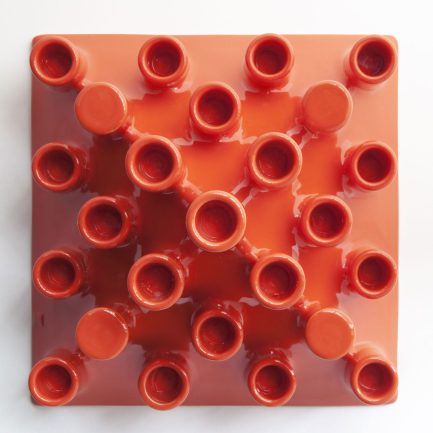 Glazed Candle Holder | Faith€ 2,842
Glazed Candle Holder | Faith€ 2,842 -
 Carat Wine Bucket Clear€ 1,297 – € 1,694
Carat Wine Bucket Clear€ 1,297 – € 1,694 -
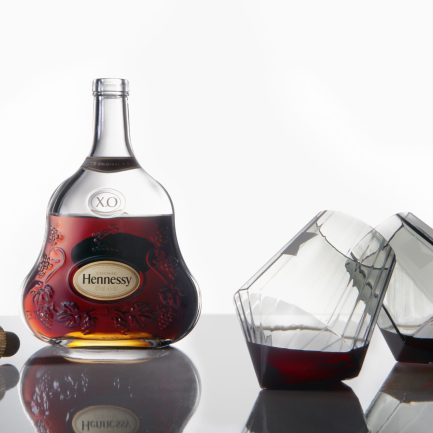 Carat Drinking Glasses Clear€ 173 – € 223
Carat Drinking Glasses Clear€ 173 – € 223 -
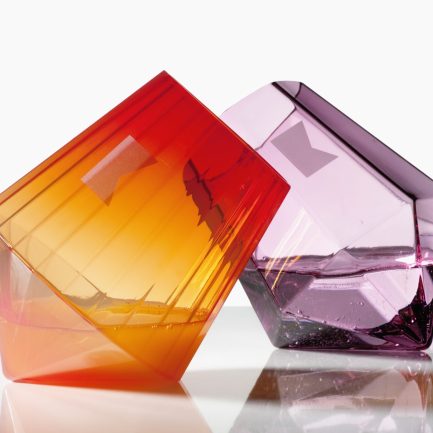 Carat Drinking Glasses Color€ 198 – € 248
Carat Drinking Glasses Color€ 198 – € 248 -
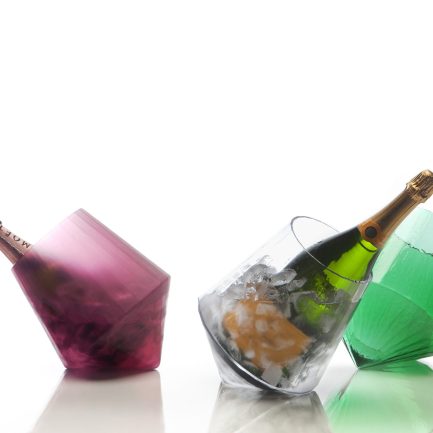 Carat Wine Bucket Color€ 1,695 – € 2,092
Carat Wine Bucket Color€ 1,695 – € 2,092


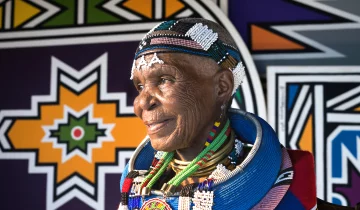

 No products in the basket.
No products in the basket.